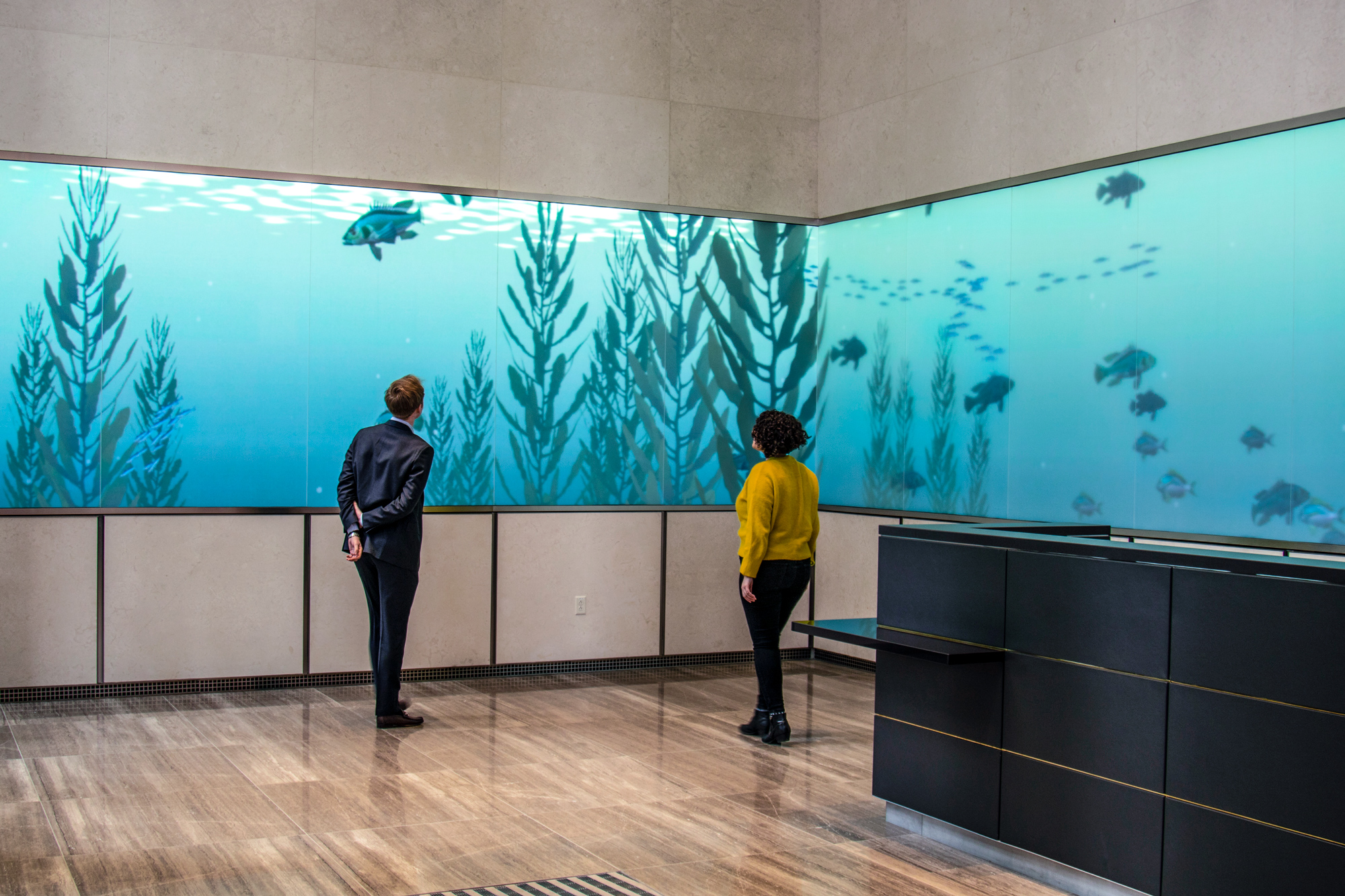Grasping the Frequent Causes of Light Emitting Diode Screen Display Breakdown
Wiki Article

Light Emitting Diode wall screens are commonly used in various environments, from advertisements to residential cinemas. These panels are favored because they provide bright and dynamic visuals while being power-saving. However, like all electronic gadgets, LED panel screens can experience failures. Understanding the frequent causes of these failures is crucial for preserving their performance and ensuring durability. This piece examines several key factors that can lead to the malfunctioning of LED panel screens.
One of the most common causes of failure in LED panel panels is overheating. LED systems produces heat during use, and if this heat is not properly managed, it can damage internal components. Poor airflow or insufficient cooling systems can worsen the issue. When the temperature increases beyond the suggested levels, it can result to diminished brightness, color deviation, or complete failure of the screen. Regular care, including cleaning air vents and maintaining proper ventilation, can assist avoid overheating and extend the life of the panel.
Another significant cause contributing to LED wall panel failure is power spikes. Variations in the electric supply can result in damage to electronic components within the panel. Sudden spikes in electricity can cause to burnt circuit breakers or faulty circuits, leading in malfunctioning screens. Using voltage safeguards and power regulators can reduce this threat by normalizing the electricity supply and safeguarding sensitive electronic components. Making sure that the power infrastructure is up to standard and able of handling the power requirements of the screen is also critical.
External factors play a crucial role in the performance of LED wall panels. Exposure to extreme temperatures, humidity, or debris can adversely impact their operation. For instance, high humidity can lead to water buildup inside the screen, which can result in short circuits or corrosion of internal components. Similarly, excessive dust accumulation can obstruct airflow and use this link lead to overheating. Installing LED panels in controlled settings and regularly cleaning them can help maintain optimal performance and avoid failures.
Additionally, production flaws can result to early failures in LED panel screens. Quality assurance during production is high brightness led video wall rental essential to ensure that each panel meets market standards. Defective components or poor assembly can lead in problems such as inactive pixels or irregular brightness. It is crucial for buyers to buy LED wall panels from trusted brands that provide guarantees and support. This ensures that any potential defects can be resolved quickly, reducing downtime and annoyance.
In conclusion, understanding the frequent causes of LED wall panel failure can help consumers take preventive measures to ensure their longevity and performance. By addressing overheating, protecting against power surges, taking into account external factors, and choosing quality items, users can greatly minimize the chance of malfunction. Regular care and awareness of these factors will lead to a superior performance with LED wall panels, whether for personal or professional application.